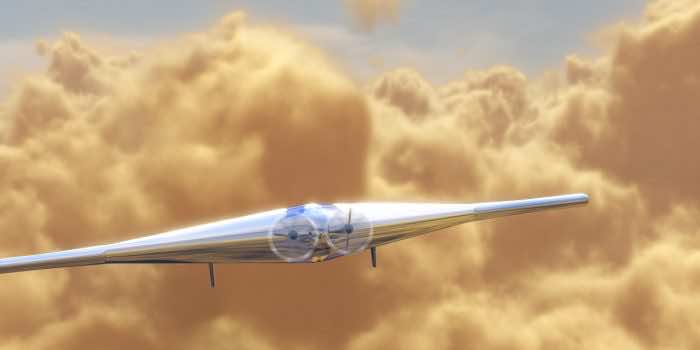NASA has revealed some of the far-future expedition possibilities it hopes to investigate through its NASA Innovative Advanced Concepts (NIAC) program, including one with a breath-taking plan to investigate Venus using bird-like drones that would dive and glide through the thick Venusian atmosphere. The Bio-inspired Rays for Extreme Environments and Zonal Exploration, or BREEZE, the idea is one of seventeen innovative proposals chosen for continued research under the initiative. BREEZE has been awarded a Phase II grant, which means the researchers will be able to continue researching the concept for another two years. “NASA’s goal to investigate the cosmos necessitates the technological innovation and methods of operation,” said Jim Reuter, assistant director for NASA’s Space Technology Mission Directorate (STMD) at the agency’s headquarters in Washington.

The concept behind BREEZE is to create drone adventurers that employ inflated constructions and take design inspiration from nature. As bizarre as the concept may appear, it really makes great sense considering the constraints on Venus. Because the surface of Venus is obscured by dense clouds from orbit, explorers must descend below the clouds to acquire a decent view of the planet. However, because the pressures and temperatures on the surface are enormous, past sensors have only survived a few minutes. The thick atmosphere is filled with sulfuric acid clouds, so it’s not exactly a pleasant habitat, but it could be acceptable for a vessel that floats along with the powerful winds there.

“BREEZE will orbit the world every 4-6 days at heights of 50-60 km, surfing continental winds and combating meridional winds,” BREEZE researcher Javid Bayandor noted in a release. “The science-based packet of BREEZE, which includes a nephelometer, anemometer, magnetometer, mass spectrometer, THEMIS, interferometric synthetic Aperture, and visible range camera, will allow for manageable shortlisting of evenly distributed or reiterated position specimen collection for atmospheric and geographic research.” Monitoring weather systems, calculating atmospheric elements, measuring Venus’s magnetic field, and making comprehensive ground scans are all part of this research.”

BREEZE’s goal is to build inflatable drone adventurers inspired by nature. Given the circumstances on Venus, the idea, as strange as it may appear, makes a lot of sense. Because dense clouds hide views of the planet’s surface from orbit, investigators must drop underneath the clouds to acquire a clear glimpse of the planet. Previous probes barely lasted a few minutes due to the tremendous pressures and temperatures on the surface. The dense atmosphere is heavy with sulfuric acid clouds, so it’s not exactly a pleasant atmosphere, but it may be suitable for an aircraft that glides with powerful winds.


